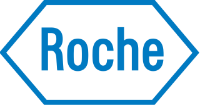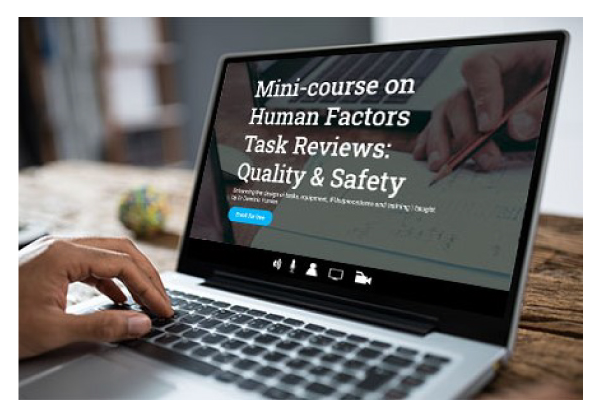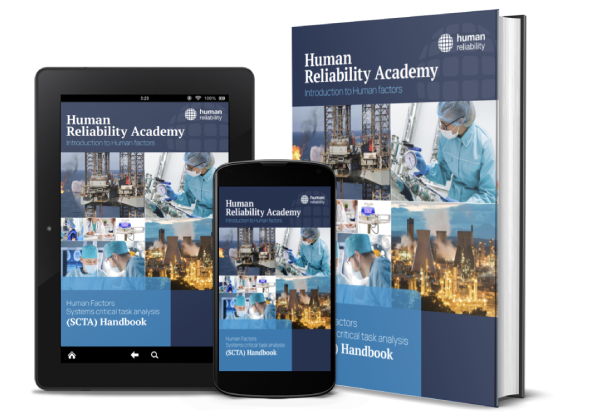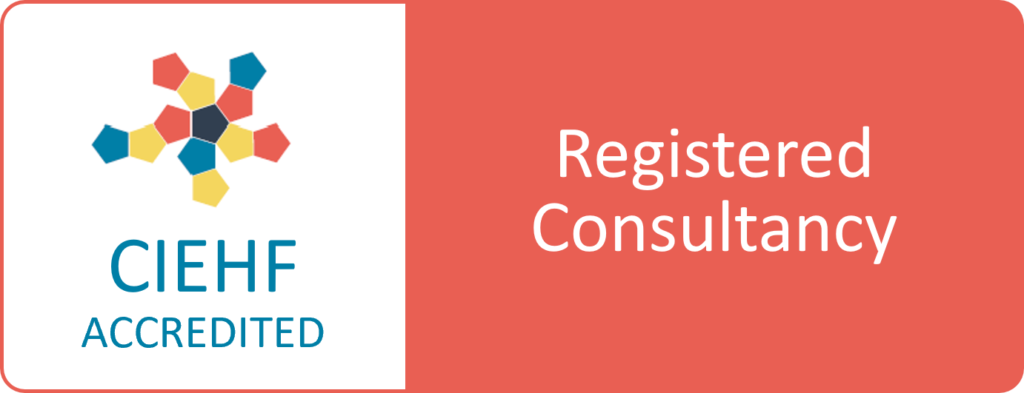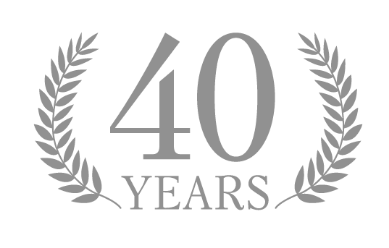If you have more document errors than you want – read on to find out how you can unlock success, reduce errors and apply learning in real time.
| Quick read: An organisation found itself grappling with a persistent challenge – an alarming number of errors in Good Manufacturing Practice (GMP) documentation. Despite their best efforts, traditional problem-solving methods were falling short. It was clear that a fresh perspective was needed to tackle this critical issue. By adopting a human-centric approach to problem-solving using Human Performance (HUP) approaches and tools, this organisation managed to quickly gain a new, common understanding of how work was actually being done and how it could transform this learning experience into change to make work easier and unlock business benefit. Through interactive workshops from HRA, the organisation engaged with cross functional teams using games, videos, and conversational HUP tools which empowered employees and improved communication of the real problem to solve. A practical roadmap was drafted to drive meaningful change in a challenging environment. It’s a testament to the power of respectfully engaging with the human element in any system that ultimately leads to safer, more efficient, and more successful operations, and this organisation is very glad it embarked on the journey. Contact us: [email protected] |
Background
In the fast-paced, resource constrained world of pharmaceutical manufacturing, where the need for precision and data integrity is paramount, one organisation found itself facing a recurring challenge: too many errors in Good Manufacturing Practice (GMP) documentation. This meant wasted time and effort delaying batch release of needed medication for patients.
Despite their best efforts to address the issue, they were not making significant headway in reducing these errors. That’s when they decided to take a fresh approach, one that harnesses human performance to bring about sustainable and practical changes.
How It All Started
The initial question on everyone’s mind was: “Why are we making so many GMP doc errors?” The answer, however, proved elusive. Traditional approaches, like analysing error types and improving individual document design, were not yielding the desired results. It was evident that a different perspective and action was needed.
The Challenge of Good Documentation Practice
In the pharmaceutical industry, we make two things: products and records. GMP documentation therefore is the backbone of a quality management system (as defined in the standard ICH-Q10). People operating in this field are required to make and sign entries frequently, with a constant risk of error. Common error types included lapses, slips, and knowledge errors.
Despite years of improvement efforts aimed at enhancing good documentation practices, and even with the adoption of clear rules and guidelines in ALCOA+, errors persist. Data Integrity (DI) continues to be a top concern for regulatory authorities, notably the FDA. This organisation realised they needed a more profound shift in mindset to tackle this persistent issue, one that harnessed the power of human factors and social learning tools to bring about real and sustainable change.

How Human Performance Training Workshop Unlocked Success
The turning point came when the organisation decided to implement a Human Performance (HUP) workshop, bringing together leaders and teams from manufacturing and quality assurance. Rather than relying on traditional training methods, we introduced interactional games and analyses, entertaining videos, and group discussions to stimulate conversations and challenge conventional thinking.
The teams applied their learning immediately on real life scenarios using human reliability assessments and candid discussions, gaining valuable insights into their work.
They uncovered how work was truly being executed, the risks that were managed, and areas where improvements needed to be made.
The pivotal ‘ah-ha‘ moment for leaders was recognising that some of their efforts were inadvertently making work more difficult for employees. By reframing the problem as “error trap” instead of human error, the organisation focused on setting people up for success, rather than merely preventing errors.
They also learned how to effectively mitigate risks by aligning solutions against a ‘hierarchy of control’, something that harmonised with the requirements outline in quality standard ICH-Q9.
The workshop emphasised the importance of understanding the ‘second story’ and what underlying factors influenced someone’s performance. These are known as ‘PIFs’ (performance influencing factors). This shifted the focus away from analysing only the error ‘the first story’.
The organisation also realised that by shifting from targeting numerical goals to adopting ‘meaningful lead measures’ (process metrics), they could genuinely drive measurable improvement for business KPIs.
Changing the Language
The workshop was an engaging and sometimes emotional journey. It revealed how the organisation could deliver its new commitment to making work easier, safer, and more successful. They understood collectively the power of integrating HUP into existing systems related to quality and safety management, Lean ambitions, and Operational Excellence standards.
The Organisation’s Revised Objectives
- Make Work Easier: Improve communication within shifts and across departments to help everyone understand the challenges and provide time to implement improvements.
- Develop Capability: Help participants develop the capability to use HUP tools effectively and engage leaders who work on the system.
- Apply HUP Tools: Implement HUP tools in investigations and improvement activities.
- Effective Procedures: Improve the effectiveness of procedures when performing tasks.
- Organisational Learning and Improvement: Use the learning from HUP to enhance training materials, SOPs and coaching.
Enabling Sustainable Change Using Existing Systems
The organisation saw how to integrate Human Performance into existing Quality systems, aiming to reduce repeat deviations and enhance human reliability while reducing risks for safety and quality.
The potential impact was evident as a senior leader acknowledged:
“I have learned more about our work in the last four hours than in the previous four years”
This highlighted the significance of understanding what people need to do to complete a process – i.e., how things are actually done rather than just measuring and judging by results. Operators felt empowered to make changes, and leaders were informed and understood that the organisation had a shared responsibility to solve problems together.

The Ripple Effect
In the workshop, operators were finally heard, revealing how work was genuinely executed, the challenges they faced, and their needs for success. Using Human Reliability Assessments, they unpacked processes, exposing risks and daily adaptations. They highlighted that many issues were known and managed locally but remained invisible to the organisation as a whole until a problem that impacted the results occurred.
The new perspective on work and the opportunities for tactical and strategic improvements were embraced wholeheartedly. News of the training’s success spread quickly, leading to additional requests for workshops.
Looking ahead
If you’re interested in learning more about improving human performance and leadership training workshops to make sustainable changes in your quality system’s performance, don’t hesitate to reach out to HRA Associates and Julie Avery. Julie is an expert in this field, has delivered sustainable change, and can provide valuable coaching, insights and guidance to help your organisation achieve similar transformative results.
Contact Julie Avery today to explore how your journey towards enhanced performance and success can be made easier and more effective.
To learn more about the Human Performance for Pharmaceutical Manufacturing, click here.
To learn more about effective procedures, click here.


